Hedgehog care tips: how to keep these tiny creatures in good health
Follow these hedgehog care tips and you'll be providing the right kind of food and shelter your prickly friends are in need of

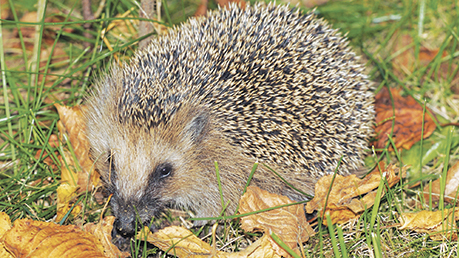
There’s so much that you can do in your garden to help hedgehogs in winter and beyond. They love to roam around looking for food but garden fences create barriers and stop them in their travels. One of the first things you can do to help is to cut a small hole in your fence so hedgehogs can wander freely in to the next garden whenever they want. Tidy gardens aren’t good for them either. Our hedgehog friends need piles of leaves and logs to create their preferred habitat of a quiet and secluded spot that’s warm and dry to see them through winter.
Gardens are the last refuge of the hedgehog, which is now on the Red List for British Mammals, because intensive farming has left them with no habitat and that’s exposed them to predatory badgers. The population of 35 million has fallen to 1.5 million today. Keep reading to discover other ways you can help the hedgehogs overcome their threatened species status, then check out our wildlife garden ideas for more ways to encourage creatures great and small to enjoy your outdoor space.
What should you feed hedgehogs?
Our climate is so much warmer than it used to be that it’s possible you’ll see a hedgehog still active in winter if there’s food around. Hedgehogs enjoy a varied diet, but it doesn’t include bread and milk because they’re lactose intolerant and it makes them ill.
The best food supplement is protein-rich cat food. You’ll need to work out a way of protecting the food from other hungry creatures, such as a plastic storage box, fixed to the ground, with a hedgehog-sized hole cut into one side.
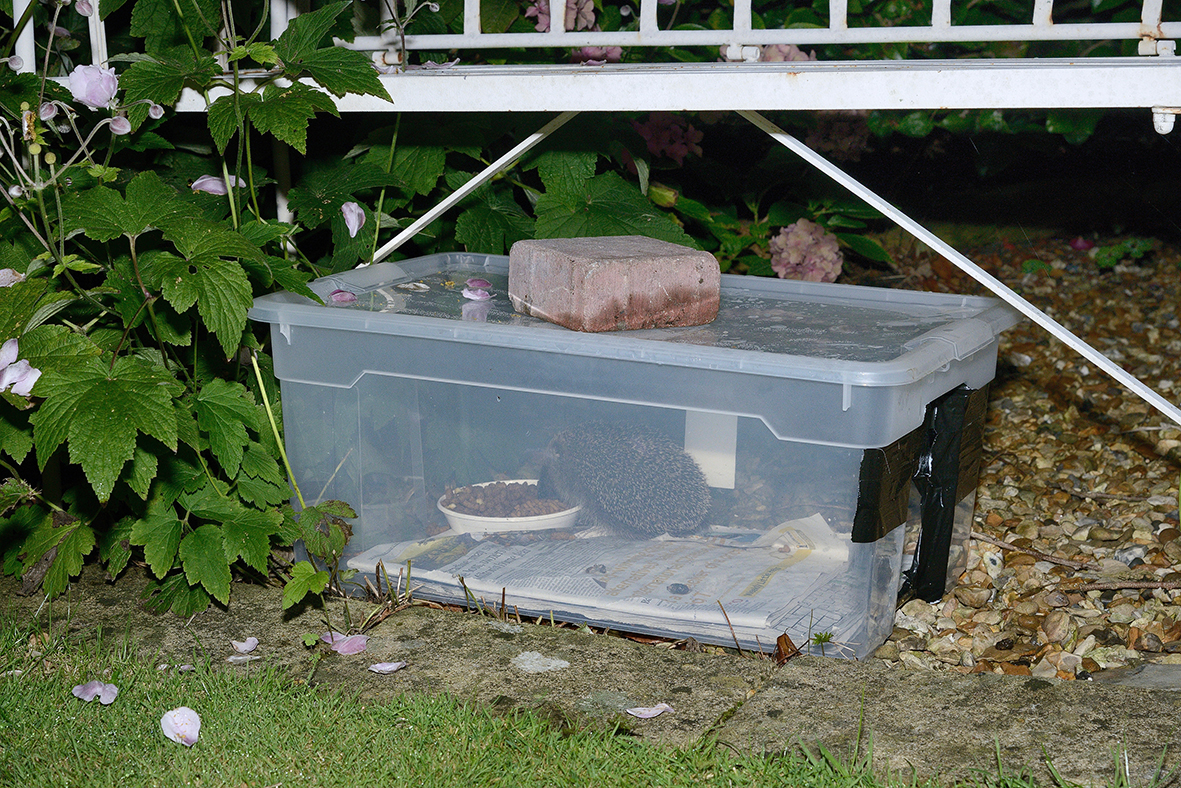
What can you use to create a hedgehog shelter?
If you see a hedgehog out and about in fall or winter, and it’s a decent size, leave it to its own devices because it’s probably about to hibernate and looking for a sheltered space.
They like clumps of ornamental grasses and leaf piles, which are warm and dry, and finding gaps behind and under sheds and greenhouses. They also hibernate under patches of brambles and in the bottom of hedges, so consider rewilding a patch of your plot to allow for this.
You can buy hedgehog houses from Amazon, but the natural ones they create themselves are just as good, as their favourite snacks of slugs, centipedes and beetles will also take shelter there.
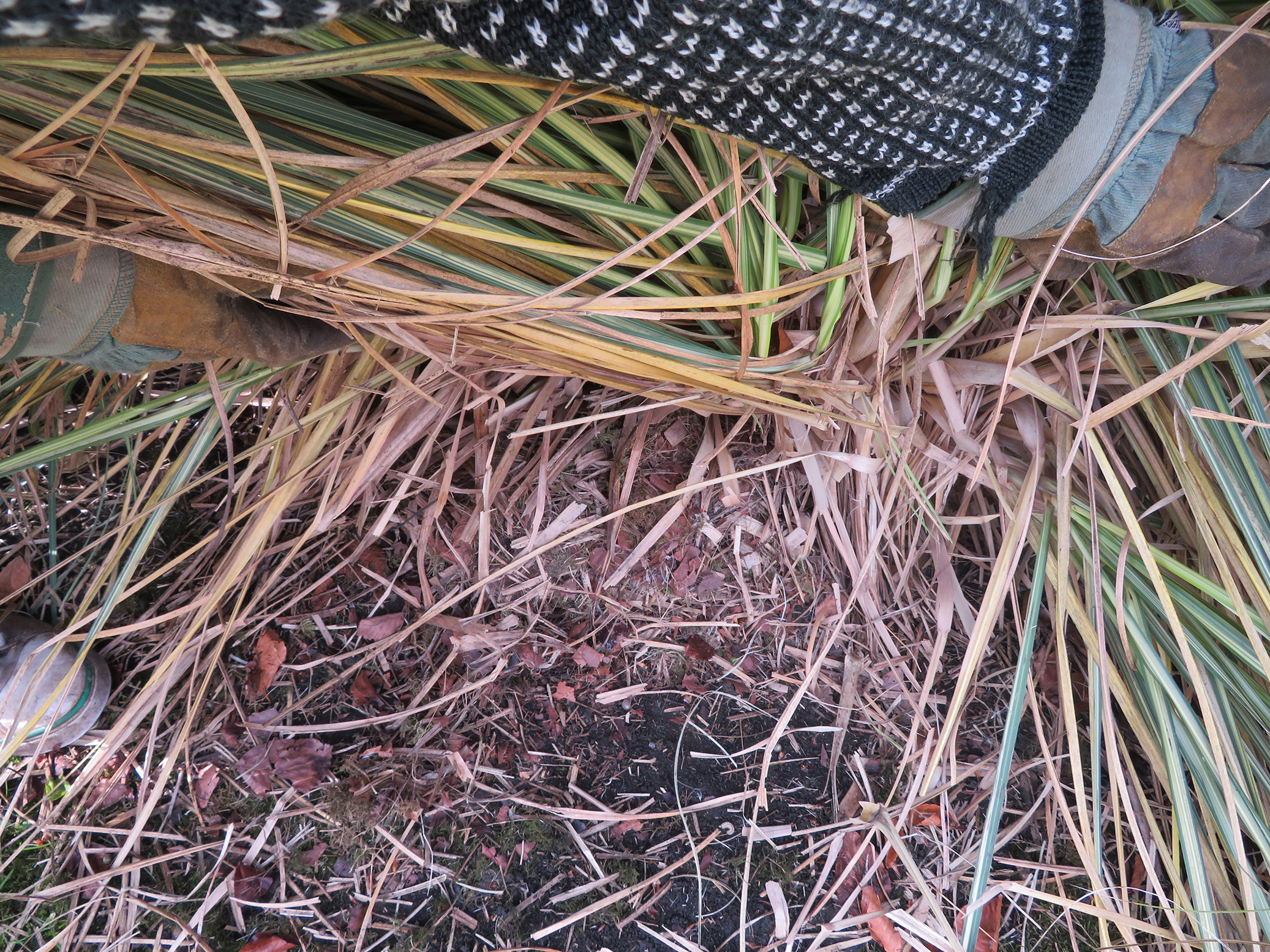
What garden hazards can harm hedgehogs?
There might be hazards a-plenty in your garden. A deep garden pond with no access ramp is a death trap as any hedgehog that falls in will become exhausted paddling around with no way out.
Slug pellets are toxic to hedgehogs as well as removing one of their key sources of food. Increase your hedgehog population and you won’t be needing slug pellets anyway. Front gardens that are mainly covered with paving are another menace as hedgehogs will wander out into the road in search of food and foraging spots.
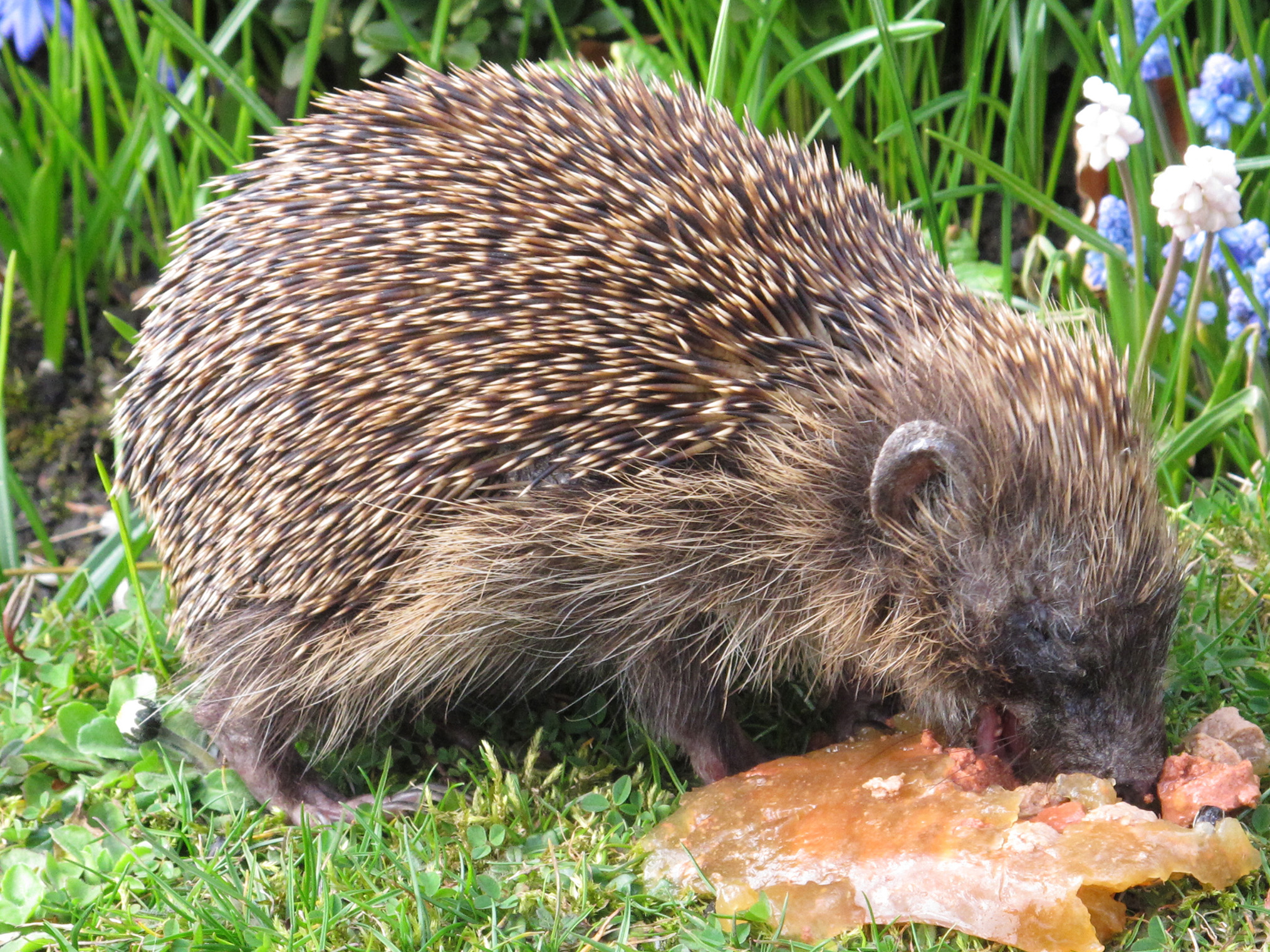
How to help hedgehogs survive winter
It's not only food supplies that are important to hedgehogs. These small creatures lay down brown fat and white fat cells. The white fat powers the hedgehog’s movement when it’s out and about, but brown fat is stored around their shoulders and this is needed at the end of hibernation.
If the hedgehog wakes up early and uses up its brown-fat reserves, he or she won’t wake up again. So make sure that wherever possible they're left undisturbed for their big winter snooze.
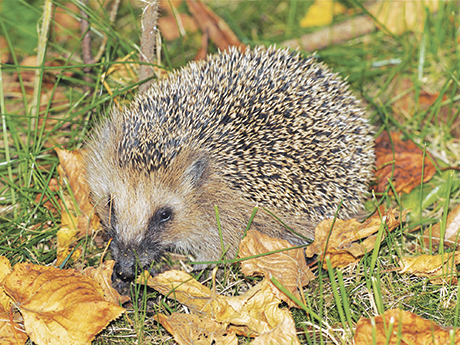
Check for hedgehogs before lighting fires
Hedgehogs can mistake a bonfire for a toasty hibernation home, so the RSPB recommend only building your bonfire on the day you’re going to light it, and as close to the time of lighting as possible.
'You can also manually check for hedgehogs by using a blunt-ended object such as a pole or a broom to lift sections of the bonfire. Finally, only light the bonfire from one corner, rather than in the centre, to give hedgehogs a chance to escape,' they tell us.
Similarly, there are other tool-heavy garden activities that should require a hedgehog pre-check before embarking upon. Be very careful when turning over any compost , as hedgehogs will hunker down in there, and do the same before using strimmers and lawn mowers.
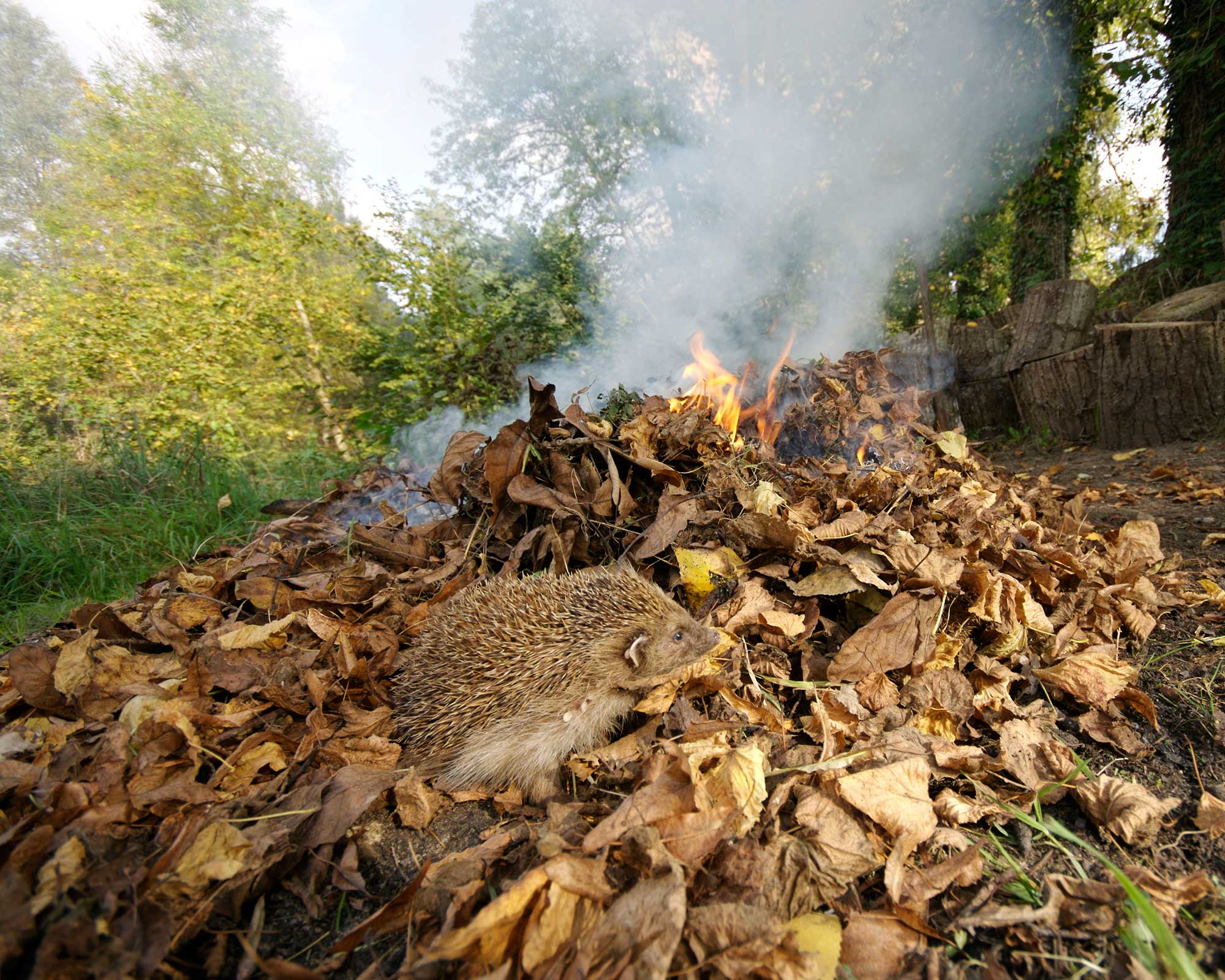
When do hedgehogs wake up?
It's not uncommon for hedgehogs to break their hibernation to go walkabout. They change their ‘nest’ at least once, on average, and possibly more. So if you see one out and about on a winter’s day, do not take it to a refuge unless it looks very small.
Warmer winters are making it harder for hedgehogs to hibernate successfully, because their body temperature drops to match the environment. Their heart rate slows and breathing almost stops. If the climate warms up further, hedgehogs may abandon hibernation altogether because they will still be able to find food.
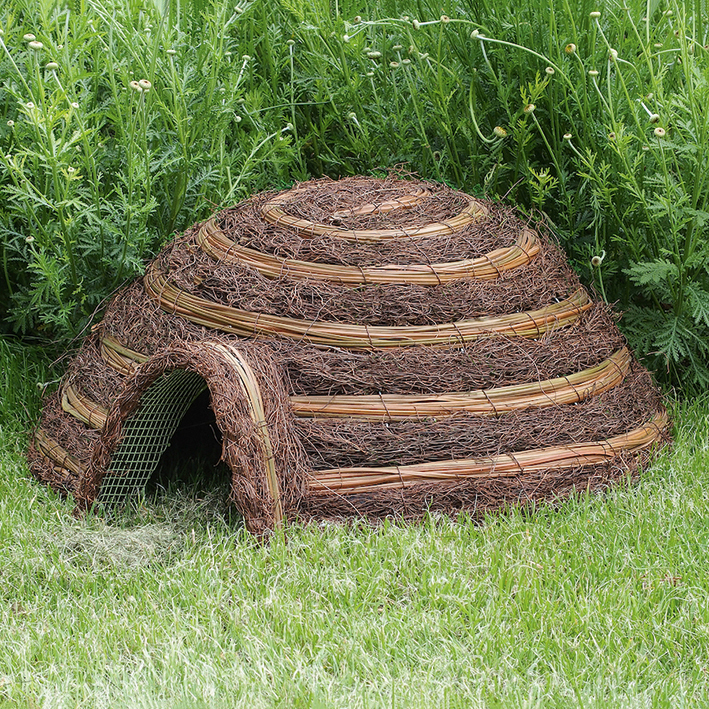

Lifestyle journalist Sarah Wilson has been writing about gardens since 2015. She's written for Gardeningetc.com, Livingetc, Homes & Gardens, Easy Gardens and Modern Gardens magazines. Having studied introductory garden and landscape design, she is currently putting the skills learned to good use in her own space where the dream is establishing a cutting garden.
